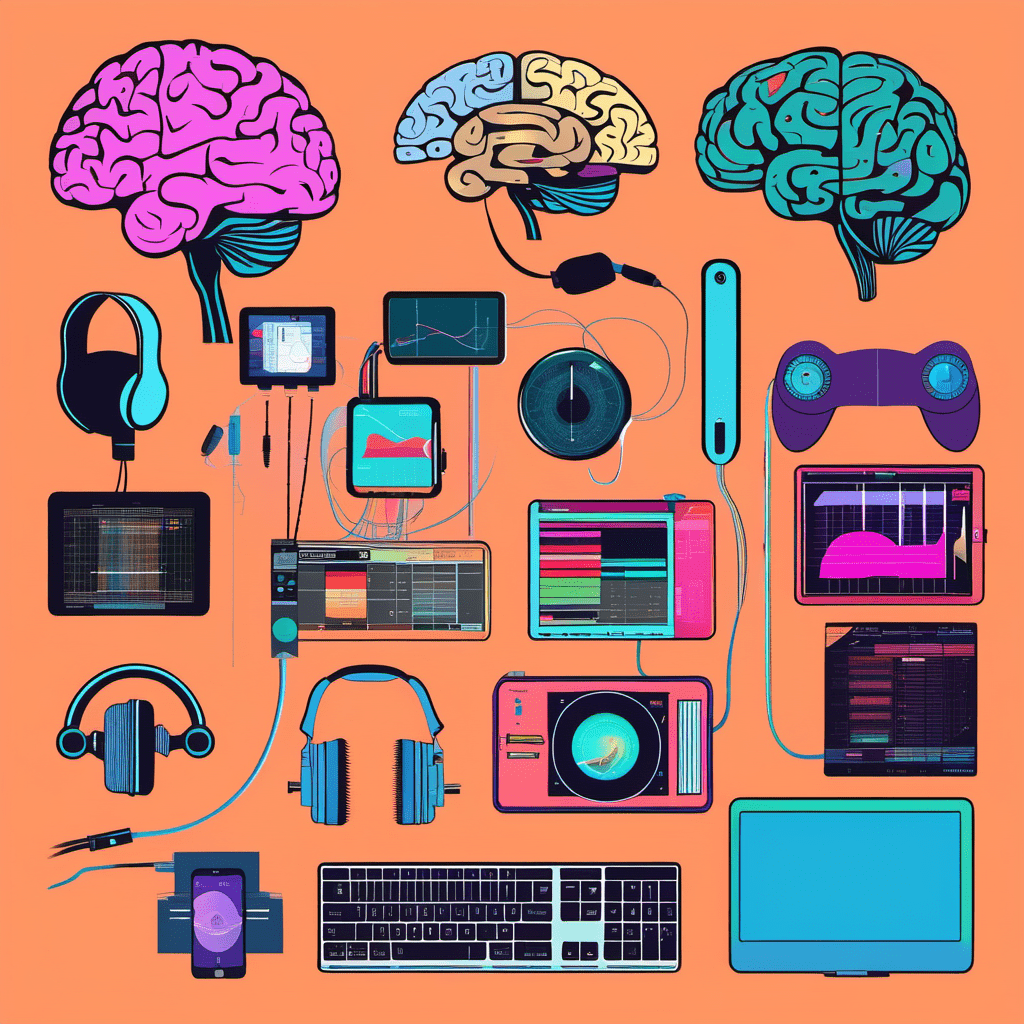Exploring Brain-Computer Interfaces for Communication and Control
Brain-Computer Interfaces (BCIs) have revolutionized the way we understand and interact with the human brain. In their book, ‘Brain-Computer Interfaces for Communication and Control’, Gerwin Schalk and Eric Mugler delve into the fascinating world of BCIs and explore their potential in various fields.
The authors begin by introducing the concept of BCIs and their historical development. They explain how BCIs allow direct communication between the brain and an external device, bypassing the need for traditional channels of communication such as speech or movement. This opens up a world of possibilities for individuals with severe motor disabilities or communication impairments.
One of the key chapters in the book focuses on the different types of BCIs and their applications. Schalk and Mugler discuss invasive BCIs, which involve implanting electrodes directly into the brain, as well as non-invasive BCIs that use external sensors to detect brain activity. They highlight the advantages and limitations of each approach and provide examples of successful BCI applications, such as controlling prosthetic limbs or enabling individuals to communicate through a computer interface.
Another important topic covered in the book is the role of machine learning algorithms in BCIs. The authors explain how these algorithms can analyze and interpret the signals obtained from the brain, allowing the BCI system to learn and adapt to the user’s intentions. This adaptive capability is crucial for achieving efficient and accurate communication and control.
As the book progresses, Schalk and Mugler delve into the challenges and ethical considerations surrounding BCIs. They address concerns related to privacy, data security, and the potential for misuse of BCI technology. Additionally, they discuss the importance of user-centered design and the need for interdisciplinary collaboration to ensure the development of effective and user-friendly BCIs.
Comparing the ideas presented in the book to the current state of BCIs, it is clear that significant progress has been made. BCIs are no longer confined to the realm of science fiction; they are now a reality with promising applications. Researchers continue to explore new techniques and technologies to enhance the performance and usability of BCIs.
However, challenges still remain. The authors emphasize the need for further research and development to improve the reliability and robustness of BCIs. They also stress the importance of addressing the societal and ethical implications of widespread BCI adoption.
In conclusion, ‘Brain-Computer Interfaces for Communication and Control’ provides a comprehensive overview of BCIs and their potential impact on communication and control. The book highlights the progress made in the field and the challenges that lie ahead. It serves as a valuable resource for researchers, clinicians, and individuals interested in the fascinating world of BCIs.
You can find more reviews of books related to AI, Future, BCIs at InnoVirtuoso: Literature







